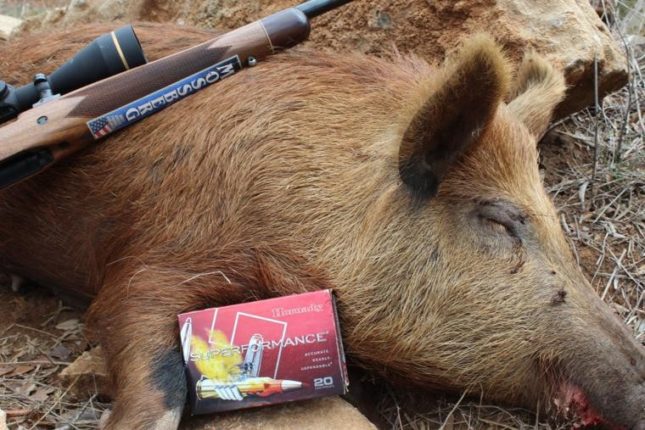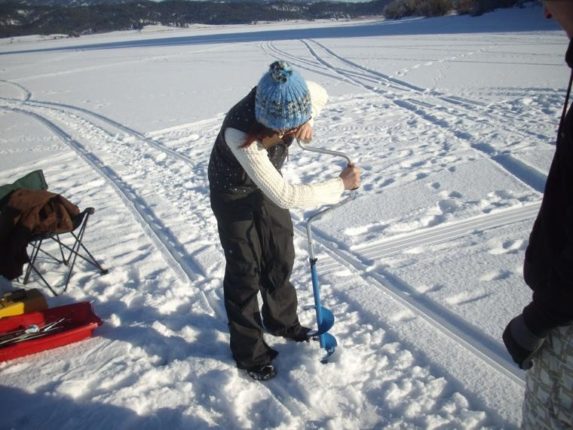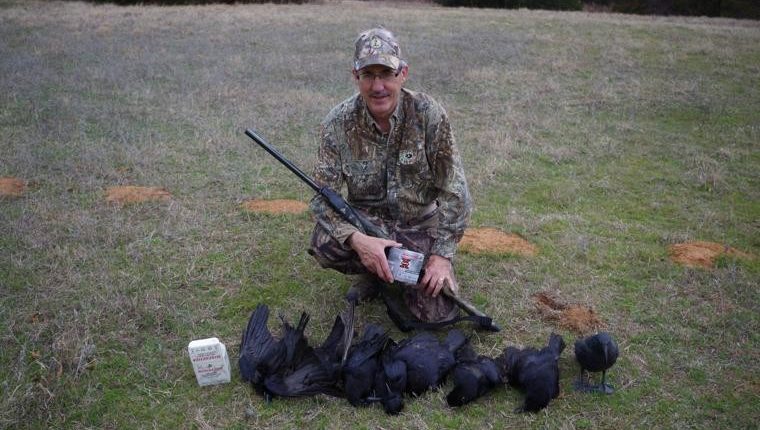Rifles serve many purposes, including formal and informal target shooting, collecting and self defense. We seem to be on the way to more urbanized and less rural living, but there are still farms and ranches where rifles are every day working tools. When I was growing up, we had to deal with the occasional mountain lion that came down from the mountains onto my father’s horse ranch, and the dogs that people would drive out to our area and just abandoned along the old Bannock Highway. Those dogs didn’t belong to anyone and would sometimes come on to the ranch and chase horses as a group or as individuals. They were trying to fend for themselves and just thought our ranch offered some opportunity for food. They were also pretty dangerous be they had learned to survive on their own.
Fortunately, Fish and Game would come out and try to capture the mountain lions if we called them and reported sighting them in our area, but we had to deal with the dogs, and sometimes coyotes, ourselves.
One who hasn’t experienced farm-and-ranch living might think that horses are much too big for dogs or coyotes to do any real damage, but they can run down and kill foals without much trouble and they bite into the fetlocks of mature horses to stop them from being able to run. My father’s horses were Arabian show hoses, used for competition, breeding and selling, in addition to riding for pleasure in the hills and mountains around our ranch. He had invested a great deal of money and time in those horses and we couldn’t afford to have foals and mature horses killed or crippled. Most importantly, we had small children that we were afraid the dogs might hurt.
My father owned a Model 62 pump-action .22 rimfire rifle, and I received a .22 rimfire bolt action for Christmas in 1955. My father bought two Winchester Model 50, 12-gauge shotguns in 1957, handed me one and told me to kill any thing that came on the property looking for a meal or that was chasing the horses. I usually preferred the .22 rimfire pump action because it was light weight and quick on target. I kept the .22 pump-action rifle in a gun case on the back patio while I was working on the ranch. If I was training or riding a horse in the training coral, that rifle was close to where I was working. That way I had pretty fast access to it when needed. I used the 12-gauge shotgun a couple of times also, but really preferred the .22 rimfire pump-action because I was afraid the shot from the shotgun would spread out enough to possibly injure a horse.
I also used the .22 bolt-action rifle to shoot jack rabbits when my father and I went to the Arco desert and hunted on some of the farms where my dad had been told to bring his son and kill as many jack rabbits as we could. It was a lot of fun, and I was able to polish my skill at hitting jack rabbits that were running through the sage brush.
I still enjoy shooting those rifles at the range and on some mountain property that my father purchased back in the late 1960s or early ’70s. I also take the grandchildren to the shooting range or the mountain property and teach them firearm safety and marksmanship with both the .22 pump- and bolt-action rifles as well as using them at Scout camp during rifle merit badge instruction.
The children generally expect to spend the day shooting, and .22 ammunition is inexpensive enough to shoot all day, as long as they are still being responsible while they are shooting.
Twenty-two rimfire ammo has always been pretty affordable, and .22 Magnum is a little more expensive if you prefer a little more energy from your .22 rimfire, but isn’t prohibitive at all, especially compared with the ammunition for my high-powered rifles, whether I reload for them or buy a box of 20 at the gun store. The .22 calibers are also pretty accurate, and with in their range limits, they hit what they are aim at.
I normally don’t try to convince anyone they ought to have a particular caliber rifle, but I must admit that I believe a .22 rimfire rifle is a must-have rifle in anyone’s gun case. So if you don’t have a .22 rimfire in your rifle case to just have some fun shooting targets, for pest control or teaching young people firearm safety with a caliber that doesn’t recoil and scare them, it is time to get one. Besides, March is Buy Your Spouse A Rifle Month, or if it is not, it ought to be, so what are you waiting for?
Smokey Merkley was raised in Idaho and has been hunting since he was 10 years old. He can be contacted at mokeydo41245@hotmail.com.



